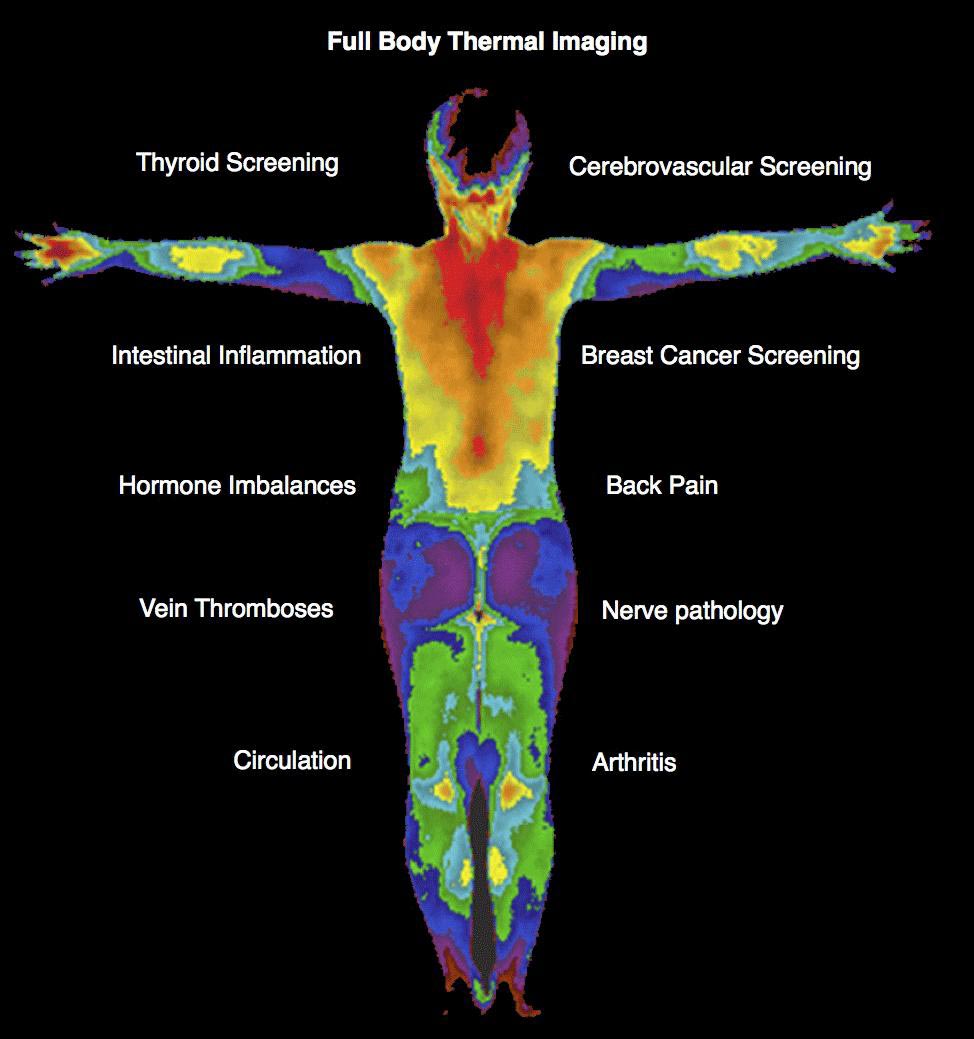In the realm of cancer treatment, early detection is crucial to determine effective therapeutic approaches and ensure better patient outcomes. Screening methods play a vital role in detecting cancer before it reaches an advanced stage and becomes life-threatening. Among the various screening techniques, thermography and traditional methods like mammography, ultrasound, and MRI are widely utilized in cancer diagnosis. This blog explores the differences between thermography and traditional screening methods to help you make informed choices about your health.
Understanding Thermography
Thermography, also known as digital infrared thermal imaging (DITI), is a non-invasive diagnostic technique that uses infrared cameras to detect heat patterns and blood flow in body tissues. Since cancer tissues show abnormal metabolic and vascular activity, resulting in increased heat production, thermography can be used to potentially identify areas of concern. This method is radiation-free and does not involve any contact with the body, making it a comfortable option for many patients.
Traditional Screening Methods
Mammography
Mammography is the most commonly used screening tool for breast cancer detection. It involves the use of low-dose X-rays to create detailed images of the breast tissue. Mammograms can reveal tumors, calcifications, and other abnormalities that may indicate the presence of cancer. Regular mammograms are recommended for women over 40 or those with a higher risk of breast cancer due to family history or genetic factors.
Ultrasound
Ultrasound uses high-frequency sound waves to produce images of internal organs and tissues. It is particularly useful for examining dense breast tissue, where mammograms might not be as effective. Ultrasound can help distinguish between solid tumors and fluid-filled cysts, aiding in accurate diagnosis and treatment planning.
MRI (Magnetic Resonance Imaging)
MRI uses powerful magnets and radio waves to generate detailed images of organs and tissues. It is often used in conjunction with other screening methods to provide a comprehensive view of suspected abnormalities. MRI is highly sensitive and can detect smaller lesions that might be missed by mammography or ultrasound.
Thermography vs Traditional Screening Methods
Radiation Exposure
One of the key advantages of thermography is that it does not involve any radiation exposure. This makes it a safer option for repeated screenings, particularly for individuals who are concerned about the cumulative effects of radiation.
Comfort and Convenience
Thermography is a non-invasive and painless procedure that does not require compression of the breasts or any physical contact. Traditional methods like mammography can be uncomfortable due to the compression of breast tissue required to obtain clear images. However, mammography is typically a quick procedure, usually completed within a few minutes.
Sensitivity and Specificity
Traditional screening methods, especially mammography, have a proven track record of sensitivity and specificity in detecting breast cancer. Mammography can identify small tumors and calcifications that might not be detected through thermography. Ultrasound and MRI also provide high-resolution images that can pinpoint abnormalities with great accuracy.
Thermography, while useful in detecting heat patterns and potential areas of concern, is generally considered less specific than traditional methods. It is often used as an adjunct to other screening techniques rather than a standalone diagnostic tool.
Making an Informed Choice
Choosing the right screening method depends on various factors, including individual risk factors and medical history. At Onco-Life Cancer Center, one of the best cancer hospitals in Pimpri Chinchwad, we know the importance of early detection in giving patients the best chance of survival.
Here are some factors to consider when making a decision regarding screening:
Risk Factors: If you have a higher risk of breast cancer due to family history or genetic predisposition, traditional screening methods like mammography may be more appropriate due to their proven effectiveness in early detection.
Frequency of Screening: For individuals requiring frequent screenings, thermography offers a radiation-free option that can be used safely over time.
Complementary Use: Thermography can be used in conjunction with traditional methods to get a comprehensive view of your health. This combined approach can help in early detection and provide a more accurate diagnosis.
Both thermography and traditional screening methods have their unique advantages and limitations. Understanding these differences can help you make informed choices about your health screenings. Consult with your doctor to determine the best approach for your individual needs. Visit Onco-Life, one of the best hospitals in Pimpri Chinchwad and a trusted name for cancer treatment in Pune, Mumbai, Satara and Western Maharashtra.

